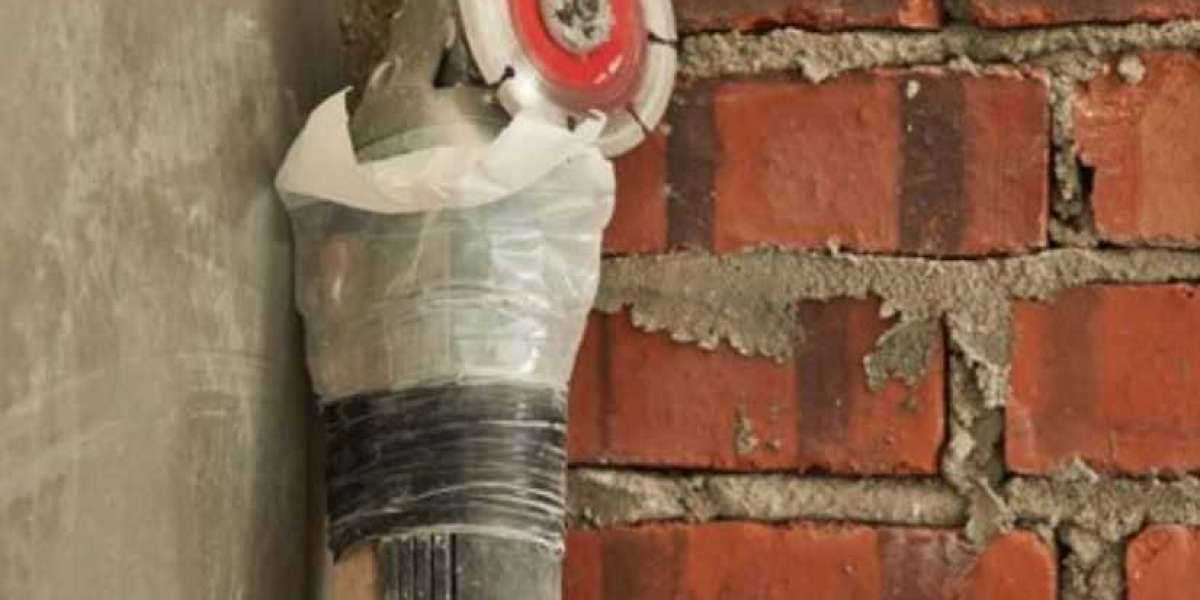Renovating a home is an exciting endeavor, but it can quickly turn stressful if you cut into the wrong wall. Understanding the types of walls in your home is essential for safety, structural integrity, and avoiding costly repairs. In this article, we’ll explore which walls can be safely cut, when to call a professional, and how to plan a seamless renovation.
1. Introduction: The Importance of Knowing Which Walls to Cut
Cutting into walls is often necessary to open up spaces, add doors, or create modern layouts. However, not every wall is fair game. Missteps can lead to sagging ceilings, structural collapses, or even dangerous electrical mishaps. Knowing what you’re dealing with before making that first cut is crucial.
2. Structural vs. Non-Structural Walls
The first step in determining if a wall is safe to cut is understanding whether it's structural or non-structural:
Structural Walls: These support the weight of your home and distribute loads to the foundation. Removing or cutting into these walls without proper reinforcement can compromise your home’s stability.
Non-Structural Walls: Also called partition walls, these divide spaces but don’t carry load-bearing weight. These walls are typically safer to cut, but still require careful inspection.
3. Common Types of Walls in Homes
Each wall material has its own cutting considerations. Let’s break them down:
Drywall Partitions: Easy to cut, but check for hidden wires or pipes.
Brick Walls: Require special tools and may affect structural integrity.
Concrete Walls: Cutting requires heavy-duty equipment and may weaken nearby structures.
Plaster Walls: Can crack or crumble; take care during cuts.
Stud Walls (Wood/Metal): Usually non-structural but can house utilities.
4. Walls That Can Usually Be Cut Safely
Some walls are generally safe to cut, especially with proper precautions:
Non-Load-Bearing Drywall: Often used for room dividers.
Partition Walls: Built to separate rooms, not to hold up ceilings.
Decorative False Walls: Purely aesthetic and typically hollow.
Before cutting, always scan for hidden utilities using a wall scanner.
5. Caution Zones: Walls That Require Expert Evaluation
Some walls should never be cut without professional guidance:
Load-Bearing Walls: Cutting these can cause structural failure.
Walls with Electrical/Plumbing: Mistakes can lead to fires or flooding.
Exterior Walls: Cutting can compromise insulation and weatherproofing.
Fire-Rated Walls: Breaching these can violate safety codes.
6. Tools and Techniques for Safe Wall Cutting
Having the right tools makes all the difference:
Stud Finder: To locate framing elements.
Wall Scanner: To detect wiring and pipes.
Oscillating Multi-Tool: Ideal for precision cuts.
Safety Gear: Always wear gloves, goggles, and a dust mask.
Follow a step-by-step approach: mark the cut, test for hidden elements, and cut in stages.
7. When to Call a Professional
DIY is great, but some situations call for an expert:
Uncertain Wall Type: If you’re unsure, don’t risk it.
Load-Bearing Suspicions: Only a structural engineer can verify.
Complex Utility Layouts: Electricians and plumbers prevent disasters.
Permit Requirements: Structural changes often need local approvals.
8. Real-Life Case Studies
Learning from others can save you headaches:
Success Story: A homeowner safely cut a partition wall to create an open-plan living space.
Cautionary Tale: A DIYer accidentally cut into a load-bearing wall, causing ceiling sag and costly repairs.
Professional Wisdom: Contractors reinforce load-bearing cuts with beams or headers.
9. Conclusion: Planning for a Safe and Seamless Renovation
Renovating your home doesn’t have to be a risky gamble. By understanding the types of walls in your home, using the right tools, and knowing when to call in experts, you can confidently cut walls and bring your design vision to life — without compromising safety.
FAQs:
1. How do I know if a wall is load-bearing?
Check for perpendicular beams, attic joists, or basement supports. When in doubt, hire a structural engineer.
2. Can I cut through a wall with electrical wiring?
Yes, but turn off the power first. Use a wall scanner and call an electrician if needed.
3. What happens if I accidentally cut a load-bearing wall?
Stop immediately and call a professional. Reinforcements like beams may be needed.
4. Is it safe to cut concrete walls?
Only with specialized tools and professional supervision, as cuts can weaken the structure.
5. Do I need a permit to cut walls in my home?
It depends on local regulations. Structural changes and safety codes may require approval.
Would you like me to refine anything, or are you ready to publish? Let me know! ?



